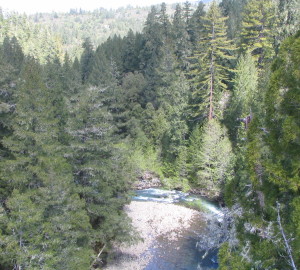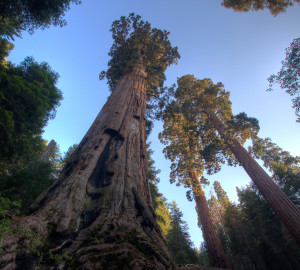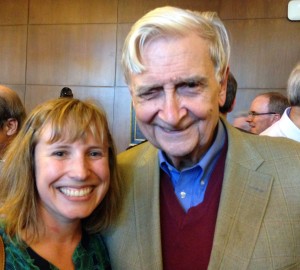
Tony Hiss evocatively describes why this is so important in his article, “Can the World Really Set Aside Half of the Planet for Wildlife?” in the September 2014 issue of Smithsonian Magazine. Called long landscapes, conservation visionaries describe well-connected parks and landscapes that would be so broad that you would almost always be in a park or in a landscape leading to one. This vision requires us to think beyond traditional parks with their well-defined boundaries and challenges us to think about how all landowners can provide protective habitat for flora and fauna.
Only 10-15% of Earth’s land is protected today. Thankfully, 29% of the coast redwood range is already protected – an inspirational conservation feat that shows conserving wild landscapes is possible. Among the redwoods, let’s continue our protection work and not stop until at least 50% of the coast redwood range is protected. Let’s create our own long landscapes to keep our parks from losing biodiversity overtime as roads, urban encroachment, and climate change intensities. I know the “Half Earth” vision is possible among the redwoods and we are up for the challenge.
Learn more about the League’s redwood conservation program here.


